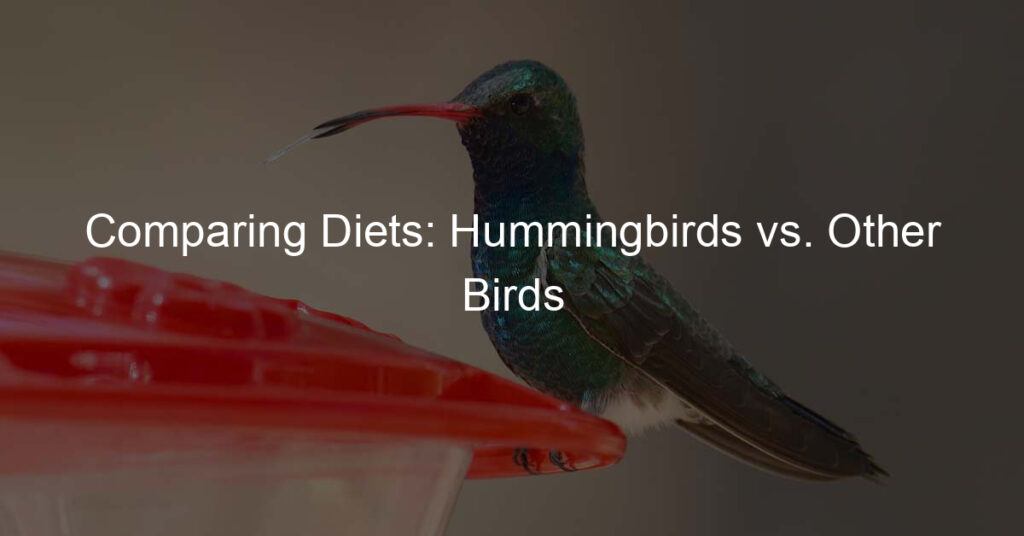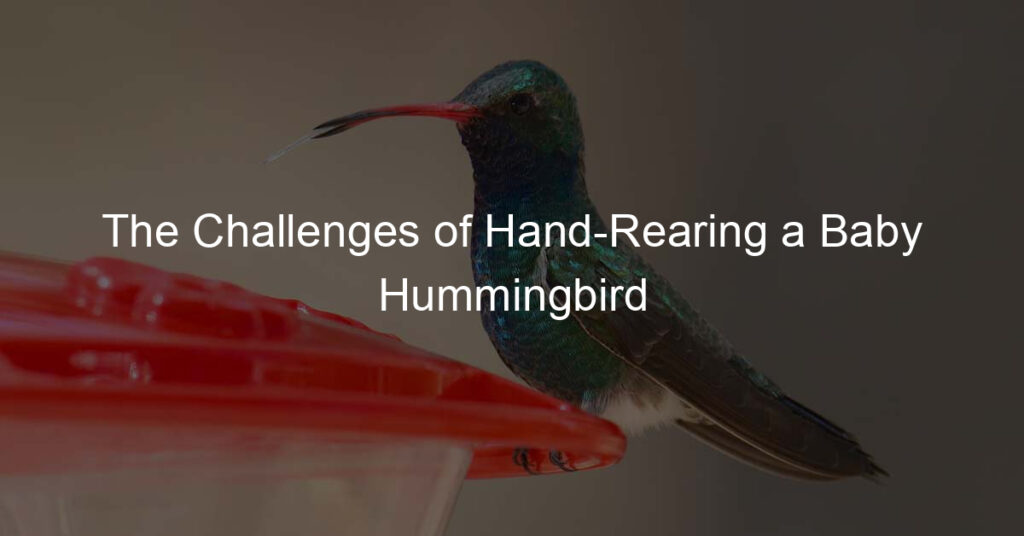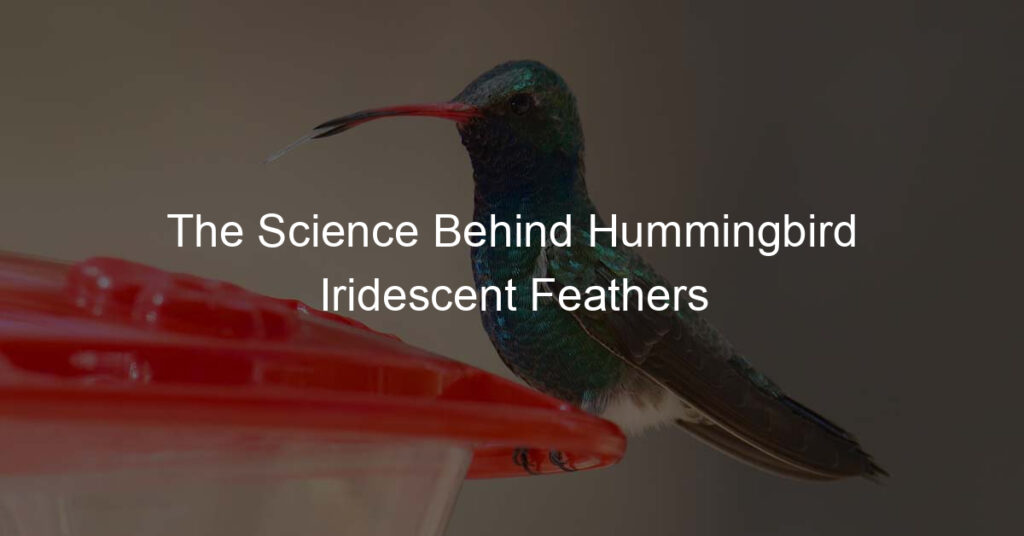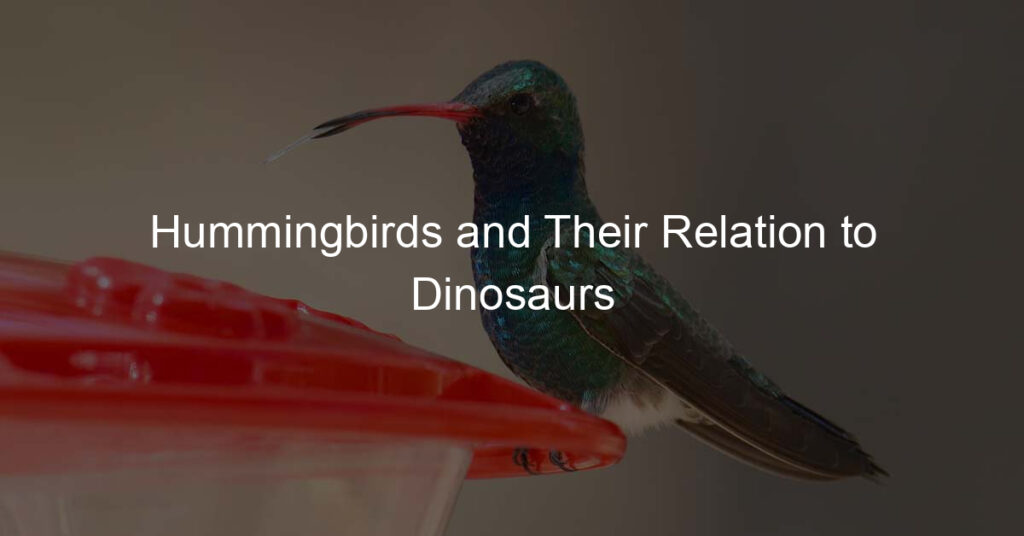Hummingbird poop, also known as hummingbird guano, is a valuable resource for gardeners and organic farmers.
It’s high in nitrogen and phosphorus, which makes it an excellent fertilizer.
In this blog, we’ll discuss the benefits of hummingbird poop, how to use it as a fertilizer, and some of the other uses for it!
Hummingbird Poop: All You Need To Know
Hummingbird species are small and adorable, but they can also be a bit messy.
If you’ve ever seen a hummingbird feeder, you may have noticed some black and white specs around the holes.
Those little specs are hummingbird poop–yes, it’s true!
Although it may seem like a lot at first, don’t worry–it’s nothing to be concerned about.
As long as the feeder is kept clean, the amount of hummingbird poop will stay minimal.
What Is Found In Hummingbirds Poop?
So what exactly is inside a hummingbird’s poop?
It turns out hummingbirds excrete semi-solid waste products such as nitrogenous compounds like uric acid, potassium, and sodium.
All of these compounds are typical products of the digestion process.
They also mostly excrete the same things that humans do: water, salts, uric acid, urea, and feces!
The differences are that hummingbirds excrete less of some compounds in their hummingbirds pooping than humans do and more others which indicates their unique digestive system.
Hummingbird Diet & Wild Birds
Hummingbirds are some of the most fascinating creatures, with their ultra-fast flying speed that beat up to 80 times per second!
What a flight!
All this vitality requires a special diet and hummingbird wild birds generally feed on nectar, trees, and flowers. In addition to these natural sources, they also feast on insects, ants, and spiders for extra protein.
Hummingbird feeders are an excellent way to support wild bird populations by providing supplementation bound to bring these beautiful birds flocking by your window or balcony.
Where Should Be Put In A Hummingbird Feeder?
Putting the right food in a hummingbird feeder is essential to attracting and providing nutrients for our favorite bird species!
Different feeders require different food.
The most common type of hummingbird feeder is an upside-down tube type, which wants a liquid solution to be placed inside made from one part table sugar and four parts water (sometimes referred to as ‘sugar water’).
The food mixture should never contain honey or artificial sweeteners, as the substance can be harmful to the hummingbird’s health.
For maximum benefit, keep the feeder clean and refill it regularly.
The Best Places For Hummingbird Feeders
If you’re looking to have hummingbirds flock to your backyard, putting up a hummingbird feeder is the way to go.
But did you know that the location of your feeder plays an important role in attracting hummingbirds?
To get the most out of your feeder, it should be placed where it can be easily seen and accessed by the birds.
The best location for a hummingbird feeder is somewhere that gets plenty of sun and is sheltered from strong winds; consider setting it near a window or patio.
A spot not far from trees or bushes is ideal because it will provide a buffer between the feeder and potential predators like cats or other birds.
Is Hummingbird Poop Harmful To Humans?
You may wonder: what happens when a hummingbird poops?
Is it harmful to humans, since they consume nectar and pollinate flowers?
The good news is that hummingbird poop, although it looks and smells quite similar to other bird droppings, is not dangerous to people.
While it was traditionally believed that the tiny organic matter in their droppings could transmit avian diseases.
So go ahead and enjoy watching these beautiful little birds flit around your garden in peace—their poops won’t hurt you!
Are Hummingbird Feeders Harmful To Birds?
Hummingbird feeders are sometimes thought of as a way to care for our feathered friends—but can they do more harm than good?
Keeping the feeder clean and full of fresh nectar and making sure there are enough perching spots nearby can help birds get the nutrition they need without any potential harm from dirty or stagnant water sources.
Additionally, when setting up a feeder in an environment that’s already home to numerous birds, it’s important to monitor feeding activity to ensure that all of the birds have ample opportunity and access to food.
How Do Hummingbirds Remove Waste?
At first glance, the hummingbird’s small size and lack of plumbing may lead you to wonder how it removes its waste.
In actuality, these tiny birds have devised a remarkably efficient system for eliminating the metabolic byproducts their bodies no longer need.
By doing this, they’re able to pass liquid out of their bodies and then stand on one leg to excrete the solid waste that is produced.
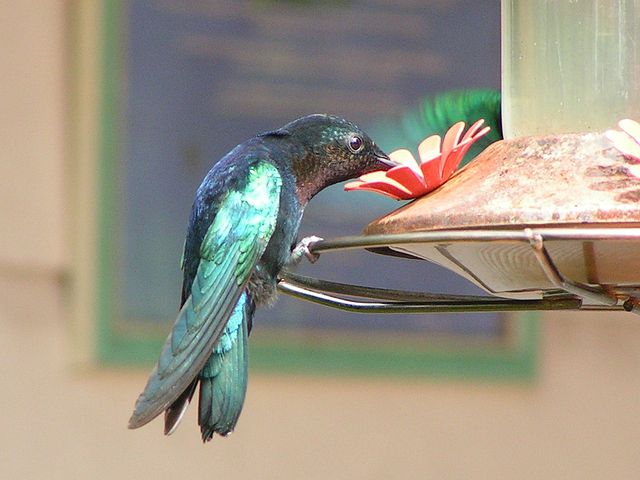
This all occurs while they are still standing on their feet, so they don’t even have to take time away from hunting food or evading predators to take care of business as some larger birds do.
Hummingbird waste or fecal material also contains small insects, and if it’s of the color red, eggs, or anything they eat, like other sugar-seeking insects.
Is Hummingbird Poop The Same As Pee?
Recent studies have found that although hummingbirds don’t have a urinary bladder like other animals, they still produce two separate substances: one we call ‘poop’ and the other closely resembling urine.
While both substances contain some nitrogen-containing kidney waste material from the metabolism of proteins and fats, it appears that the composition of each is slightly different.
It seems that for many mammals and birds, urine is designed to excrete excess nitrogen compounds while both feces contains a variety of undigested indigestible material.
What Does Hummingbird Poop Look Like?
Hummingbird pooping is much less dramatic than what comes out of many other small animals!
Typically, it will appear as white droplets or spots on the leaves below where a hummingbird feeds.
The size and shape of these will vary depending on the bird’s health – healthy birds produce tiny, slender droplets that can almost look like grains of salt, while most birds might present more deformed pellets.
The good news is that hummingbird poop is rich in nitrates and other essential elements, helping to nourish the plants they live in.
Do Hummingbirds Pee?
Hummingbirds do pee.
It’s just not as easy to see as it is with larger birds. Hummingbirds produce urine that evaporates almost as quickly as it is produced, leaving little to no visible trace of passing.
They also don’t have an external urogenital opening like other birds and humans, so what little there is that they produce goes directly into the cloaca without ever being seen outside the body.

How Often Do Hummingbirds Poo?
The answer is more often than you would think.
Hummingbirds are small birds, but their digestive systems remain very active.
On average, a hummingbird will poop every 10-15 minutes.
This may seem like a lot and it certainly can be messy for the bird’s environment, but it is a necessary function for them to stay healthy and full of energy.
Keeping up with their metabolisms is no easy feat, so they need all the help they can get!
Their poop and feces depend on their body weight.
What To Feed Hummingbirds To Reduce Their Poops?
Keeping your backyard feeders clean is essential for ensuring your feathered guests remain healthy and happy.
Not only do bird droppings degrade the aesthetic beauty of your outdoor space, but a build-up of bird poop can also contain harmful bacteria that can affect the health of both predators and their prey.
So what can you do to reduce their poops?
Ensure to feed them a diet rich in their favorite foods, like nectar and sugar solutions.
Nectar provides essential sugars to give hummingbirds energy while sugar has certain nutrients they need.



